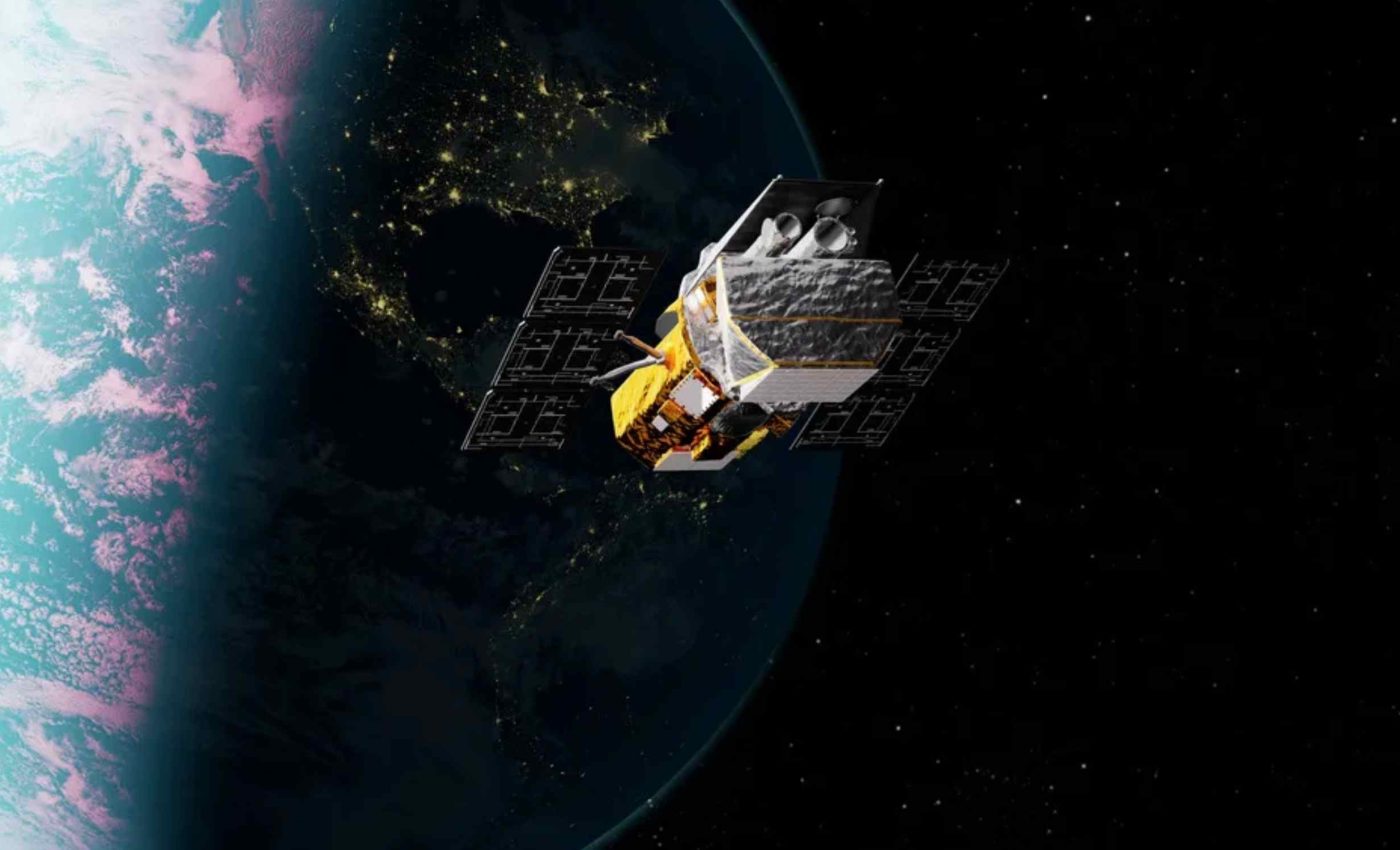
NASA will invest $30 million to move a disused telescope that could fall to Earth in 2026
NASA has awarded Katalyst Space Technologies a $30 million contract to reposition the telescope known as the Neil Gehrels Swift Observatory into a safer orbit.
Without help, the long-running telescope faces a 90 percent chance of re-entering Earth’s atmosphere by late 2026.
The plan calls for a small robotic spacecraft to rendezvous with Swift and push it to a higher path around Earth. The telescope orbits a few hundred miles up and has no engine with which to move itself.
Repositioning the SWIFT telescope
The effort is led by Ghonhee Lee of Katalyst Space Technologies in Flagstaff, Arizona. The goal is to counter orbital decay, the slow loss of altitude as thin air drags on a satellite and saps its energy.
Swift launched in 2004 to study powerful cosmic flashes and quickly notify other observatories when something erupts. That “dispatcher” mission has supported discoveries from exploding stars to active galaxies.
The telescope flies in low Earth orbit (LEO), a ring of space stretching from roughly 100 to 1,200 miles (160 to 2,00 kilometers) above Earth’s surface.
This is where many satellites circle Earth. LEO is useful for fast data downlinks, but the wisps of atmosphere there create constant drag.
Swift lacks propulsion and was not built with special capture fixtures. That means any helper vehicle must find another way to hold on tight for a controlled boost.
How to catch the Swift telescope
“We’re going for an unprepared satellite that wasn’t designed to be serviced,” said Lee. Katalyst will send a modified Link spacecraft to meet Swift, with launch targeted for May 2026.
The servicer will approach carefully, then lock onto small metal rims that were used during Swift’s ground handling. That approach avoids cutting into the spacecraft or opening any valves.
These close approaches require precise rendezvous, a guided meeting in orbit that manages relative speed and position at short range. The servicer then needs a firm grapple, a secure mechanical hold that can withstand thrusting without letting the telescope slip.
The strategy echoes a recent commercial success. A Northrop Grumman vehicle performed on orbit docking with the Intelsat 901 satellite in 2020, proving that servicing a satellite not built for visitors can work.
Racing against space weather
Recent solar activity has made low orbit drag spike at times, which can drop satellites faster than expected.
In February 2022, a geomagnetic storm heated the upper atmosphere and dozens of newly launched satellites reentered within days.
The thermosphere, the high layer of air that swells when storms pump in energy, can act like syrup on a satellite when it gets denser and puffier. That extra resistance robs satellites of altitude, pass by pass.
Swift’s orbit has been decaying faster during the current solar cycle, which raises the stakes for a timely assist. A well-timed push to a slightly higher track will buy years of science.
NASA and its partners are watching solar conditions closely because storm timing matters for safe operations. A calm window makes delicate contacts less risky and gives the servicer more margin.
Why docking in orbit matters
On orbit servicing (OOS) involves robotic work that inspects, repairs, refuels, or repositions satellites like the Swift telescope.
Such an approach turns a one-shot launch into a maintainable system. If OOS becomes routine, operators gain options beyond launching replacements.
Other nations are advancing related skills. China has demonstrated close approach operations and, in one case, used a satellite to relocate another object to a different orbit, a maneuver that alarmed some U.S. officials.
These capabilities are dual use. The same tools that nudge a failing satellite to safety could, in theory, shove an adversary’s asset off mission.
Building trusted norms for proximity in space will matter more as servicing grows. Clear rules lower the chance of misreading a repair as a threat.
Changes from repositioning Swift
Swift serves as a fast alert system for high energy outbursts. It sends coordinates to other telescopes that follow up in seconds or minutes. Saving it preserves a proven backbone for time-critical astronomy.
Success would show that servicing can work, even on satellites that were not designed for visitors. It would also showcase a method that avoids invasive contact, using instead small flanges to grab a target with minimal risk.
A reliable path to boosting aging spacecraft could extend the useful life of many government and commercial satellites. That saves time and money while keeping proven systems at work.
If OOS becomes a standard service, new missions can be designed with simple capture points and clearer playbooks for approach, contact, and release. That foundation invites safer flights and smoother handoffs in crowded orbits.
Information from a NASA press release.
—–
Like what you read? Subscribe to our newsletter for engaging articles, exclusive content, and the latest updates.
Check us out on EarthSnap, a free app brought to you by Eric Ralls and Earth.com.
—–













